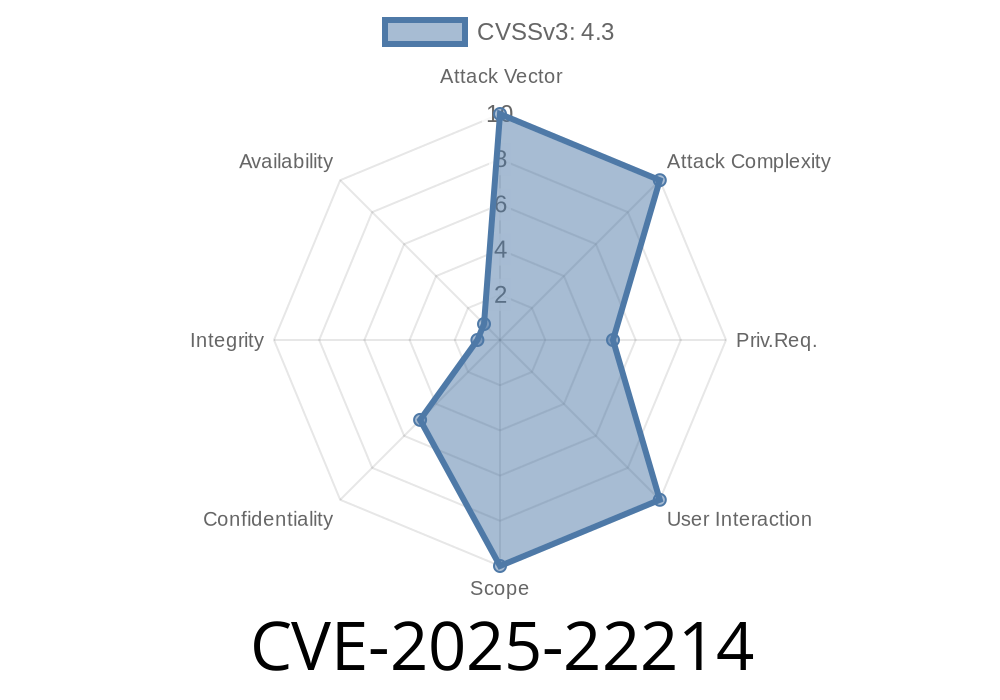This post focuses on a SQL injection vulnerability discovered in Landray EIS 2001 through 2006. SQL injection is a code injection technique that attackers exploit to gain unauthorized access to a system's data. This can lead to data theft, unauthorized access to privileged information, or data corruption. In this case, the SQL injection vulnerability is found in the Message/fi_message_receiver.aspx?replyid= URL parameter.
In this post, we'll discuss the details of this vulnerability, the affected versions, the proof of concept, and possible mitigation strategies. We encourage all users running Landray EIS versions 2001 - 2006 to take immediate action to protect your systems and data.
Affected Software: Landray EIS 2001, 2002, 2003, 2004, 2005, and 2006
- Vulnerability Type: SQL Injection (CWE-89)
The vulnerability resides in the following URL parameter
Message/fi_message_receiver.aspx?replyid=[Inject SQL Code Here]
An attacker can craft a custom SQL query to be placed within the replyid parameter, which is then processed by the system without proper sanitization, allowing the attacker to execute arbitrary SQL commands and potentially access sensitive data.
Here is an example of SQL injection crafted for this vulnerability
' OR 1=1 --
When injected into the vulnerable replyid parameter, this SQL code bypasses authentication checks by returning all records where 1 equals 1 (which is always true). An attacker could then gain unauthorized access to the application and underlying data.
Proof of Concept
The following is a proof of concept (PoC) demonstrating how an attacker could exploit this vulnerability. For demonstration purposes and to protect the target IP, we'll use a placeholder IP address (xxx.xxx.xxx.xxx).
First, the attacker sends an HTTP GET request containing the crafted SQL injection payload:
`
GET /Message/fi_message_receiver.aspx?replyid=' OR 1=1 -- HTTP/1.1
Host: xxx.xxx.xxx.xxx
User-Agent: Mozilla/5. (Windows NT 10.; Win64; x64) AppleWebKit/537.36 (KHTML, like Gecko) Chrome/58..3029.110 Safari/537.3
`
2. The server processes the request and, due to the SQL injection vulnerability, returns data to the attacker.
Mitigation Strategies
1. Upgrade to a newer version: Landray has released EIS 2007 which addresses this vulnerability. Users are encouraged to upgrade their software to the latest version to mitigate this vulnerability.
2. Parameter validation: Implement proper server-side input validation to ensure parameter values are valid before processing SQL queries. Reject any input containing suspicious characters or patterns.
3. Use prepared statements: Replace traditional SQL queries with prepared statements to avoid SQL injection attacks. Prepared statements separate SQL query structure from the data being passed, thus preventing SQL injection.
4. Implement a Web Application Firewall (WAF): A WAF can help identify and block SQL injection attacks by analyzing incoming traffic and filtering out malicious queries.
5. Limit database permissions: Limit the privileges of the database user account to the least amount of privileges required to perform its intended actions. This prevents an attacker from exploiting SQL injection vulnerabilities to perform unauthorized actions on the database.
Original References
- CVE Details: CVE-2025-22214
- Landray EIS 2007
- SQL Injection (CWE-89)
Conclusion
SQL injection vulnerabilities can lead to serious consequences if left unaddressed. Protect your systems and data by implementing the mitigation strategies discussed in this post. Keep up to date with software updates and security practices to maintain a strong system security posture.
Please share this information with others in your network to raise awareness of this critical vulnerability and encourage immediate action to safeguard systems against this exploit.
Timeline
Published on: 01/02/2025 04:15:06 UTC
